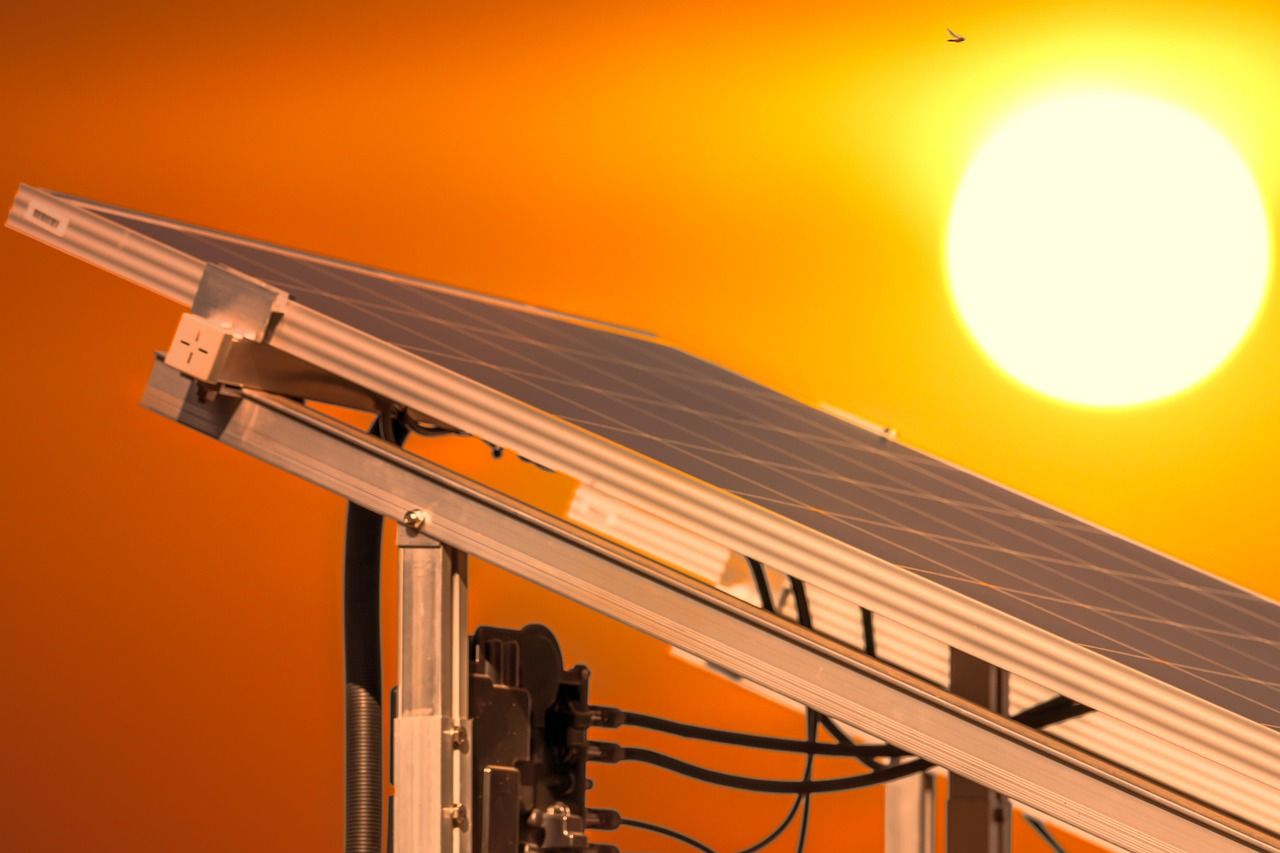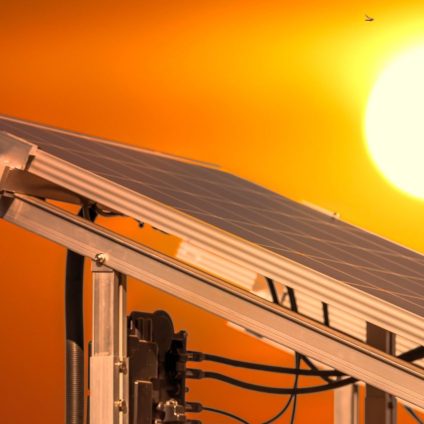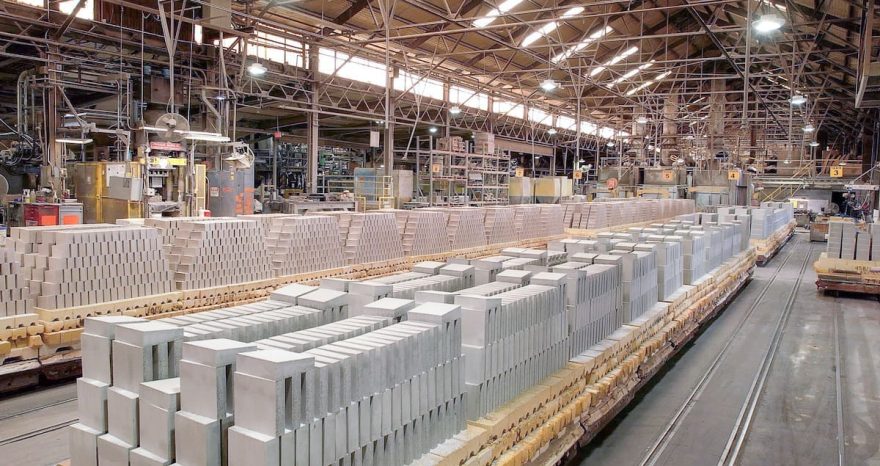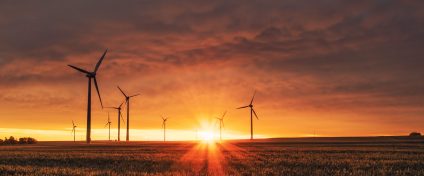Global renewable energy capacity reached a record 4,448 GW in 2024, driven by solar and wind. But IRENA warns that regional inequality is growing, with most of the new capacity concentrated in Asia while Africa and other developing regions lag behind. Without a faster pace, the 2030 global targets risk falling short.

IRENA’s Renewable Energy Statistics 2025 reveals global highs and geographic imbalances
In 2024, global renewable energy capacity rose by 15.1%, reaching 4,448 GW. According to the newly released Renewable Energy Statistics 2025 report by IRENA (International Renewable Energy Agency), the year marked a historic milestone, with 585 GW of new installations accounting for 92.5% of global net additions.
However, this renewables boom is highly uneven: 71% of the new capacity came from Asia. China alone added 373 GW, far ahead of India and Japan. In contrast, Europe and North America contributed just 12.3% and 7.8%, respectively.
Africa added only 4.2 GW (0.7%), bringing its total to 66.9 GW, with notable growth in Egypt (+1 GW) and South Africa (+500 MW), yet the pace remains too slow.
Solar and wind dominate the renewable expansion
Solar and wind energy made up a staggering 97.5% of new renewable capacity in 2024. Photovoltaics led the charge with a record 452 GW, underlining its growing competitiveness. Wind energy followed with 113 GW, with offshore installations playing a bigger role than in previous years.
Renewables now account for 46% of total global capacity, rapidly closing in on fossil fuels, which stand at 47.3%.
Still, IRENA warns that today’s growth is insufficient. To reach 11.2 TW by 2030, the annual growth rate must rise to 16.6%. Without this acceleration, the goal set at COP28 could fall short.
Inequality between regions continues to grow
The fast spread of renewables doesn’t mean equitable development. Regions with limited access to capital and technology are being left behind. Africa, Eurasia, Central America, and the Caribbean together contributed less than 3% of new capacity. Small Island Developing States hold just 0.2% of the total.
IRENA stresses the need for targeted policies and combined public-private investments to close the gap. “Countries attracting investments are gaining energy security, industrial activity, and jobs,” said Francesco La Camera, Director-General of IRENA. “We must unlock capital where it’s most needed.”
Renewables’ share of electricity generation is rising
Actual production from renewables is also climbing. In 2023, electricity generation from renewables increased by 5.6%, reaching 8,928 TWh. In comparison, non-renewable sources rose just 1.2%. Renewables now make up 30% of global electricity output.
Solar continues to lead due to its scalability and low costs, while wind power is gaining momentum, especially in countries with favorable offshore conditions. According to UNFCCC Executive Secretary Simon Stiell, “progress on enabling conditions in developing countries is key to making the energy transition benefits equitable.”
Looking ahead: a global goal at risk
IRENA will continue annual monitoring of progress toward the global goal to triple capacity by 2030. The 585 GW added in 2024 is encouraging, but at the current rate, the world will only reach 10.3 TW, falling nearly 1 TW short of the target.
The coming years will be critical to align investment flows with both climate and industrial policies. The boom in renewables must become an inclusive engine of growth, not a privilege for a few advanced markets. Only then can the energy transition be sustainable, fair, and truly global.













